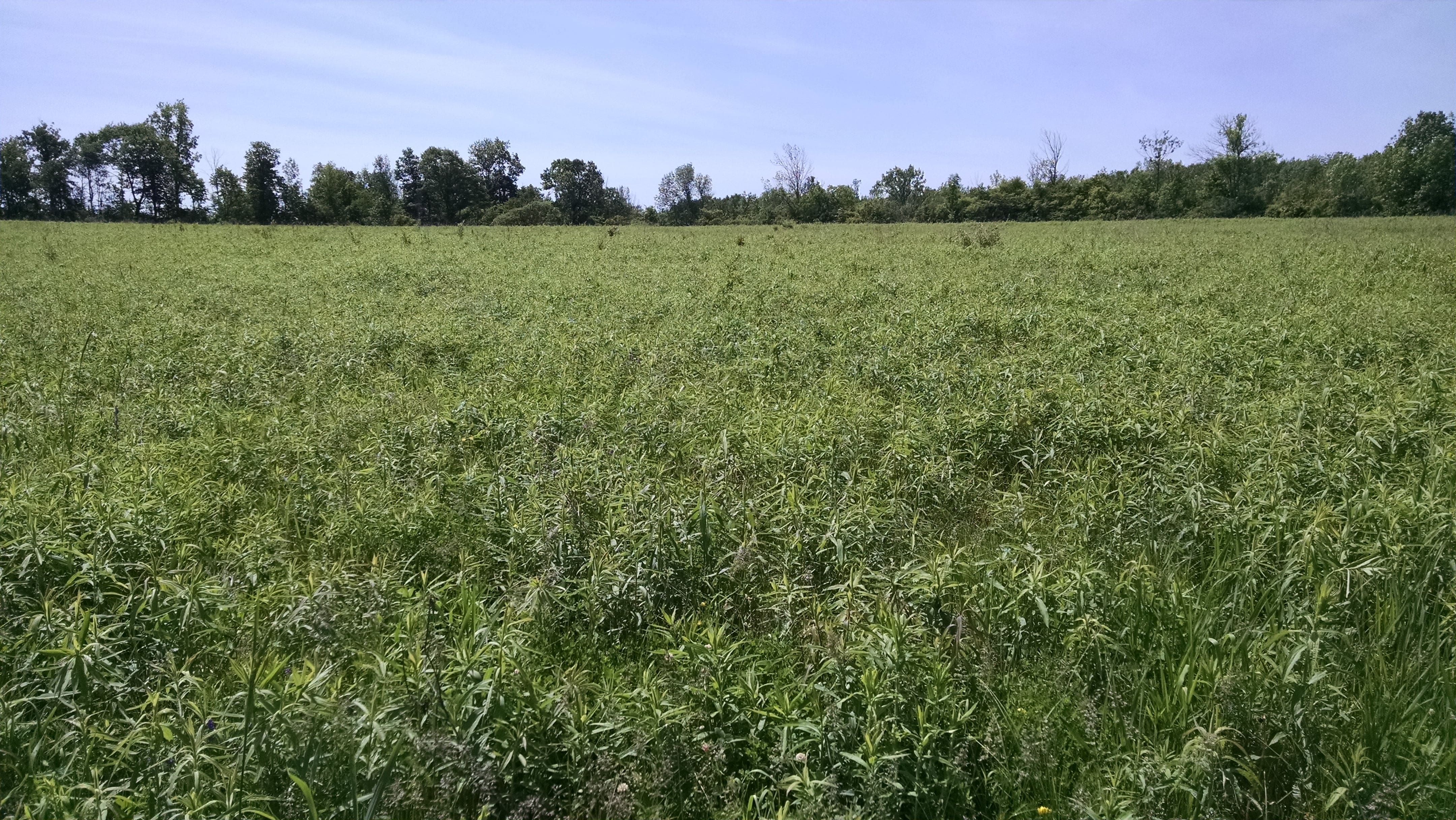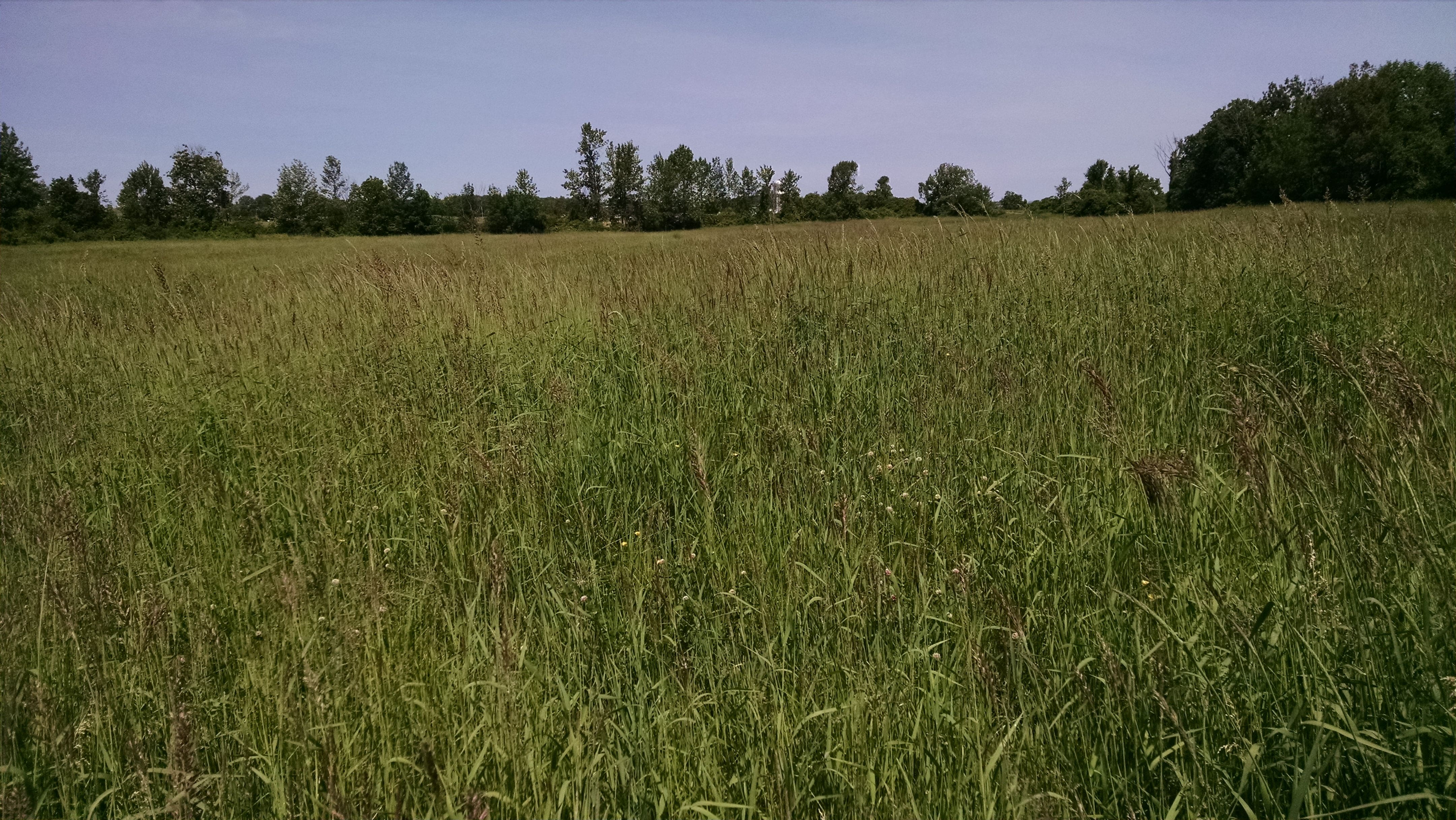In discussions among grassfed producers, invariably we get around to discussing managed grazing. There are different names and different practices, but to vastly simplify, the formula is basically:
- Move the cattle frequently so they don’t regraze plants that are recovering from a previous grazing.
- Use high (a relative term) stock density to maximize animal impact for the short grazing duration.
- Allow enough rest period for the forage to fully recover before grazing again.
- Don’t follow any of the above rules so woodenly that you do something stupid and lose sight of what you are trying to achieve. (This point is often omitted, but it is probably the most important.)
In grazing presentations there are usually dramatic fenceline shots showing managed pastures next to continuously grazed pastures, where the managed pastures are tall and lush and the continuously grazed pastures are mostly dirt. To be honest, we haven’t seen those night and day differences. I think a lot of that has to do with climate; the most vocal advocates for various forms of managed grazing live in climates that are much hotter and/or much drier than ours. Moderate summer temperatures and consistent precipitation help to level the playing field here. Our grass productivity is higher than on continuously grazed pastures, but overgrazing in Upstate New York doesn’t create the severe desertification problems found in more brittle environments.
But even though I downplay the more extravagant promises of managed grazing, I’m still enthusiastic about it. Take a look at the field below. It is packed full of goldenrod and milkweed. There are various grasses and clovers in the understory, but they are outcompeted by goldenrod. This field was plowed about ten years ago, but due to wet weather it was never planted, so it just grew back wild. When we first moved here, several people (including strong grazing advocates) advised plowing it under and planting a new stand of grass.

Instead of plowing the field down, we put cattle in half of it to see what would happen. Last July we ran the cattle through it in tight grazing patterns with two moves per day. In November we brought them back for a second grazing. The results speak for themselves below.

Last year the cattle mostly trampled the field. They had enough food to eat, but we had to pay close attention to moving them because there were so few edible plants. This year the field is many times more productive. Just using my grazing eyeball measurement, I think we’ve more than doubled the edible forage in this field. We can use cattle to renovate a pasture into a field that better suits cattle in just one season’s grazing. We don’t need to burn fossil fuel to work this land; we don’t need to expose the soil to erosion or compaction; we don’t need to spend money on seed or equipment. Managed grazing is a powerful tool.
